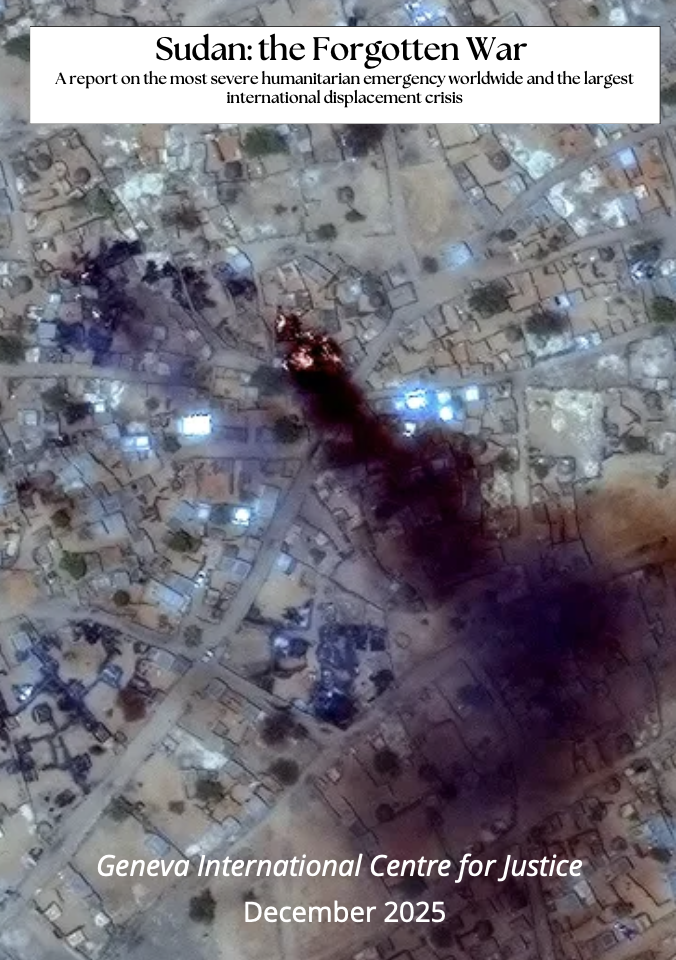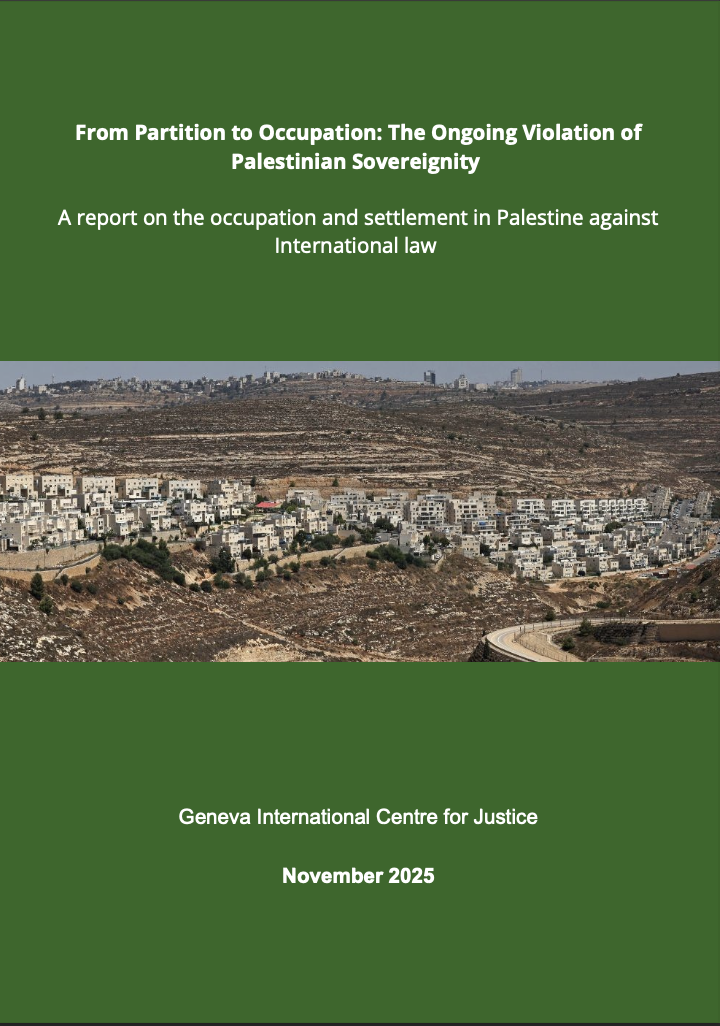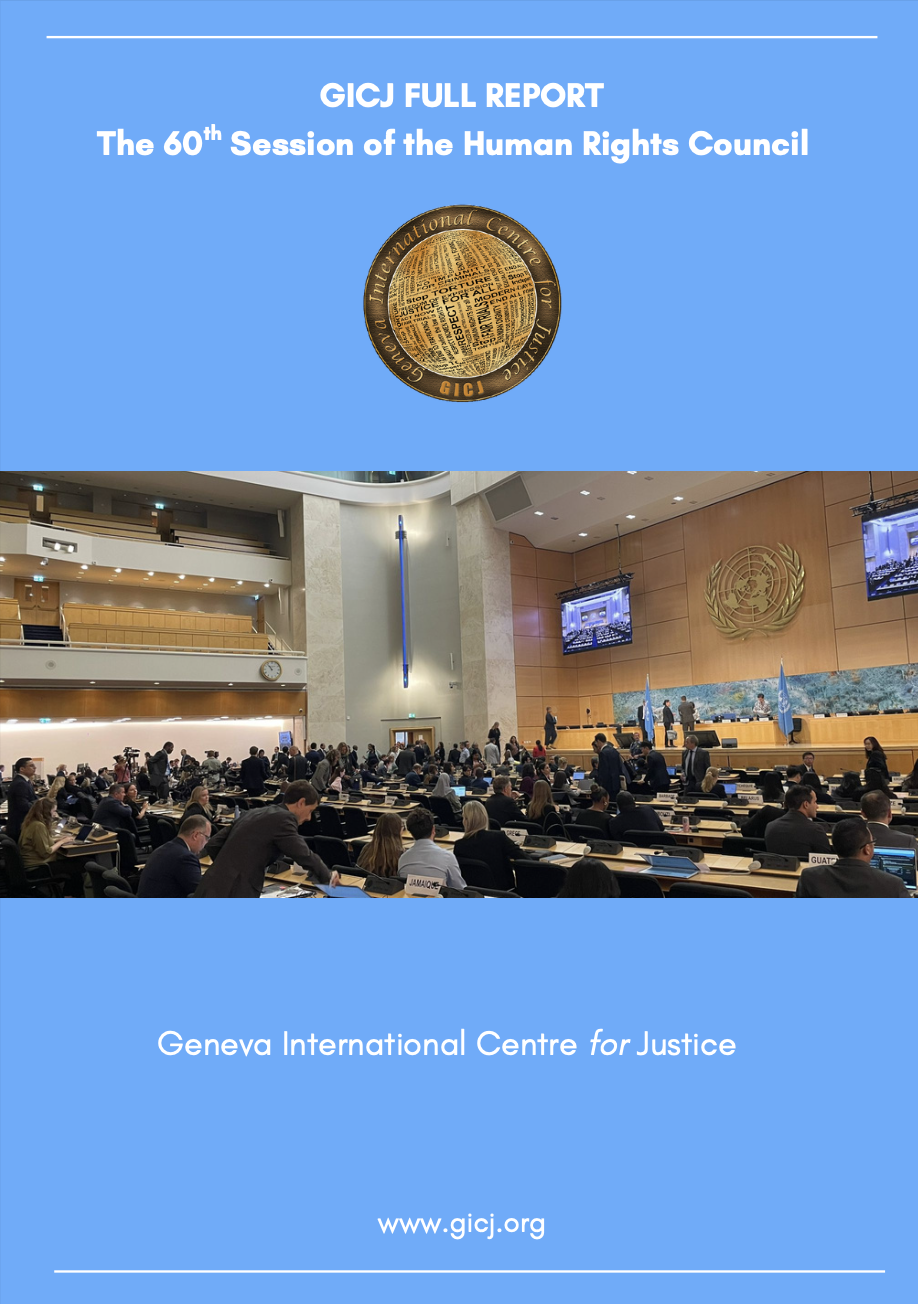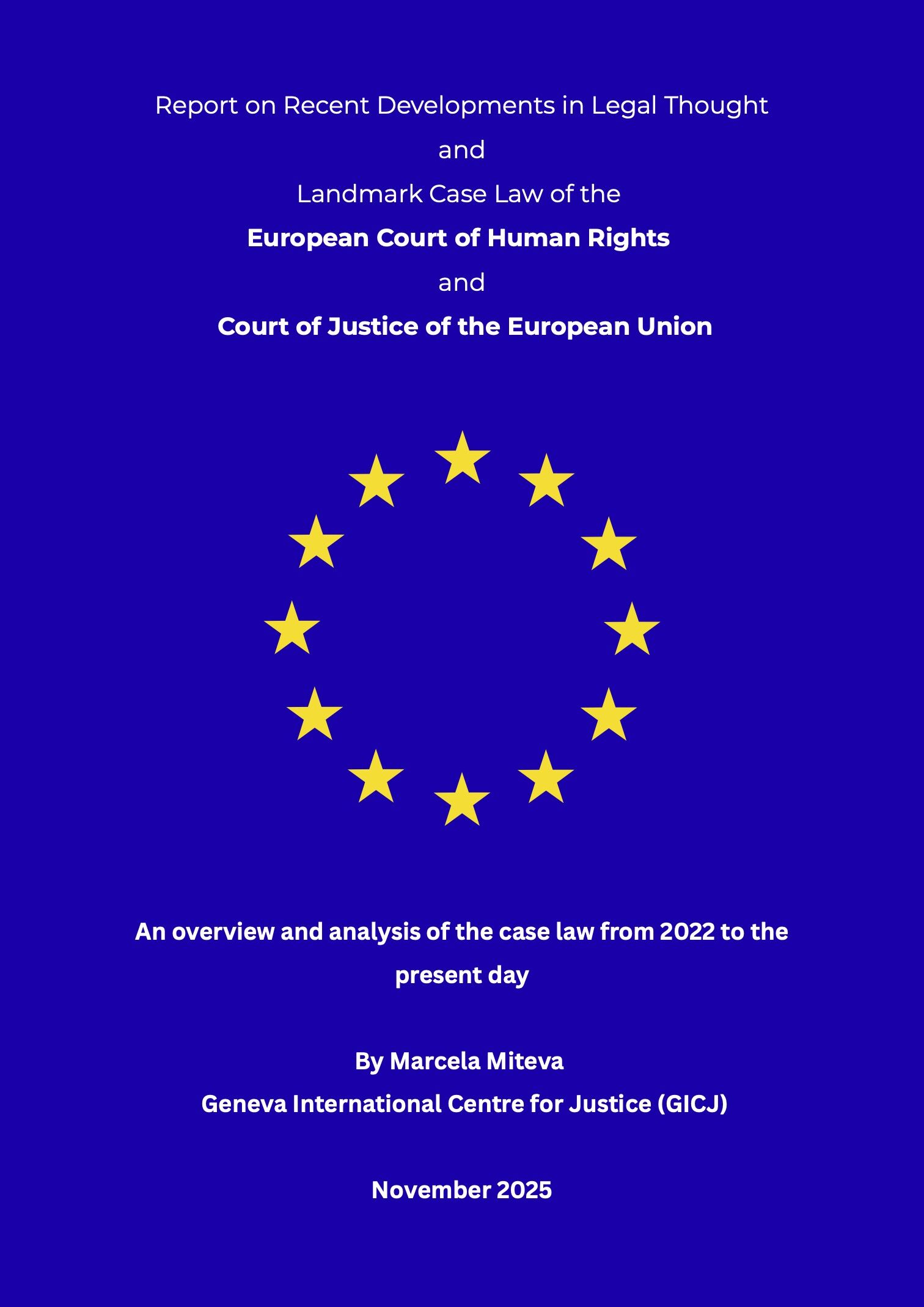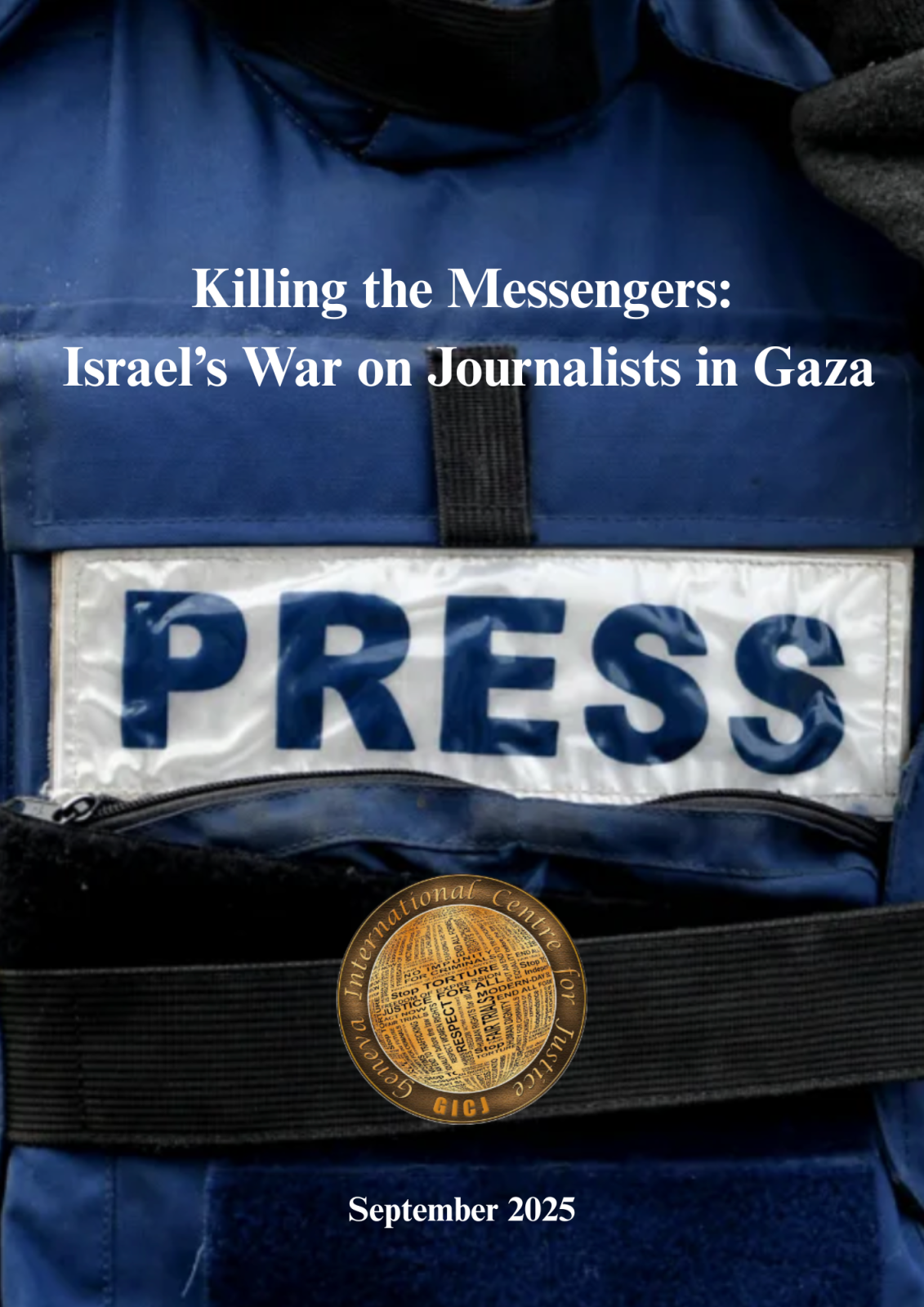Violence against children is an everyday issue, which calls for further attention from the International Community
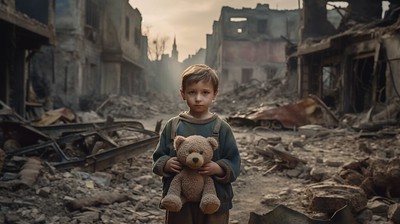
By Luísa Barbosa / GICJ
June 4th of each year marks the International Day of Innocent Children Victims of Aggression. Its purpose is to acknowledge the pain suffered by children worldwide who are victims of physical, mental, and emotional abuse. It is commemorated on this day as a response to the suffering of Palestinian and Lebanese children in the context of the 1982 Lebanon War (for more information on the historical context of the adoption of this international day, visit the GICJ article on the International Day of Children Victims of Aggression of 2022). Despite being motivated by children’s suffering during armed conflict, this International Day is seen as the reaffirmation of the UN’s commitment to the protection of the rights of children.
The UN’s performance on the protection of children’s rights is mostly centred around the Convention on the Rights of the Child, adopted in 1989, and the “most rapidly and widely ratified international human rights treaty in history.” [1]
Against this background, the 2030 Agenda for Sustainable Development innovated by including a specific target (16.2) to end all forms of violence against children. Also, the document contains several provisions related to ending violence that address the abuse, neglect, and exploitation of children. Nonetheless, actions toward ending all types of violence against children are more necessary than ever.
Children and Violence in Numbers
According to the UN Special Representative of the Secretary-General on Violence Against Children, at least 1 billion children – half of the world’s children – experience violence every year. It must be highlighted that violence against children is a continuum [2]: it can take many forms, such as harsh discipline, child labour, torture, trafficking, bullying, and even deprivation of liberty. Also, violence against children is not restricted to one scenario, occurring at schools, online, in the community, and - sadly - even at home. Studies reveal that three in every four children under the age of 5 experience violent discipline at the hands of caregivers [3]. Surveys also show that one-third of respondents have experienced multiple forms of violence [4], evidencing the importance of the protection of children’s rights.
Another issue is sexual violence against children, which is a widespread issue. With the increase in children’s access to digital technology, sexual violence against children has been amplified in scale and complexity. Approximately 120 million girls (or 1 in 10) under the age of 20 have suffered some form of forced sexual contact at some point in their lives [5]. Also, in 2020, more than 153,000 websites were reported as containing images of child sexual abuse, which is an increase of 16% from the year before [6], further revealing the extent of the need for the enhancement of children’s rights protection .
In addition, one must recall that violence against children is a multifaceted issue and involves multiple risk factors. For example, children now account for 30 percent of those who are trafficked, with the sexual exploitation of victims being the main driver of human trafficking [5]. Children are already vulnerable subjects, but violence can disproportionately affect children in specific situations, like within the migratory context, poverty or armed conflict, which can exacerbate such vulnerability, as will be shown below.
Children in armed conflict
The situation of armed conflict presents an even bigger challenge. The context of armed conflict can lead to violations of numerous human rights and to the lack of access to basic supplies, such as food, medical care and facilities, clean water, and fuel, among others. In addition to this context, the UN has affirmed that over 266,000 grave violations against children were committed by parties to conflict in more than 30 conflict situations across Africa, Asia, the Middle East, and Latin America over sixteen years [7]. In 2020 alone, at least 10 percent of child victims faced multiple grave violations of their rights [8].
As previously stated, the factual situation of armed conflict may disproportionately affect children. One example of that lies in the fact that, between 2016 and 2020, 14 per cent of all child casualties – 7,350 children – were a result of missiles and bombs dropped during aerial attacks. Only in 2022, in the Middle East and North Africa region, violence and conflict led to the loss of the lives of nearly 580 children [9].
In addition, recalling that child violence involves multiple risk factors, armed conflict can lead to the recruitment of children to take part in hostilities, which goes against the Convention on the Rights of the Child (article 38, 2: States Parties shall refrain from recruiting any person who has not attained the age of fifteen years into their armed forces. (...)) and the rules of international humanitarian law (Article 77(2) of the 1977 Additional Protocol I to the Geneva Conventions). Despite the prohibitions established through international law instruments, between 2016 and 2020, the UN verified the recruitment and use of an average of 8,756 children annually (8,521 in 2020) [10].
Another issue relates to the abduction of children. The UN has alerted that, although boys account for three-quarters of verified instances of abducted children, girls remain at risk of being abducted, especially for the purpose of sexual violence and exploitation. From 2014 to 2020, abductions were verified in almost all conflict situations, with 89 per cent of all cases been recorded in six countries, namely the Democratic Republic of the Congo, Iraq, Nigeria, Somalia, South Sudan, and Syria [11].
Since February 2022, violations of children’s rights involving the situation of armed conflict have been put in evidence, especially due to the Russia-Ukraine conflict. In this specific conflict, it has been brought to the attention of civil society and stakeholders that the circumstances have led to at least 1,500 child deaths, the displacement of over 5 million people from their homes and to 19 million people in Ukraine in need of humanitarian assistance. The UN Commission of Inquiry (COI) on Ukraine presented, in its report, numerous violations of international law committed in the country, including the case of summary execution of a 14-year-old boy, cases of sexual and gender-based violence in children as young as 4, and a case of unlawful confinement where detainees, including children, who were kept in a school basement alongside dead bodies of the elderly who died in confinement [12].
Moreover, children’s rights were highlighted within this conflict as the COI concluded that the transfer of 164 children who had lost their family members as a result of the hostilities would amount not only to a violation of international law but also to a war crime. Such an understanding also led to the issuance of an arrest warrant for the Russian President Vladimir Putin and his Commissioner for Children’s Rights, Ms Maria Alekseyevna Lvova-Belova, by the Pre-Trial Chamber II of the International Criminal Court (ICC). The Court alleges that the accused are responsible for the war crime of unlawful deportation of the population (children) and that of unlawful transfer of population (children) from occupied areas of Ukraine to the Russian Federation ( articles 8(2)(a)(vii) and 8(2)(b)(viii) of the Rome Statute).
It remains clear that children’s rights and their protection are still an area that requires much more attention from the international community, especially considering the current conflicts worldwide and multiple reports of violence against children within these armed conflict situations.
In spite of the fact that the International Day of Innocent Children Victims of Aggression was established in the context of the Lebanon War, thus, of armed conflict, this Day is supposed to be a reminder for the international actors to renew their commitment toward ending all types of violence against children, which are present everyday, everywhere.
Geneva International Centre for Justice (GICJ) stands with all children suffering aggression, whether it is at home, school, online, or during armed conflict. What remains clear is the absolute need for the international community to double its efforts in fighting violence against children and in addressing the specific needs of children within other factual situations, such as migratory flows and conflicts. We strongly condemn any and all types of violence against children and call on all actors to enhance their role in fighting it.
References:
[1] https://www.un.org/en/observances/child-victim-day/background
[3] UNICEF, Contribution to the Global Thematic Report on Ending Violence against Children
[4]Ending violence in childhood, Global Report, Know Violence in Childhood, 2017
[5] Hidden in plain sight: A statistical analysis of violence against children, UNICEF, 2014
[6] Annual Report, Internet Watch Foundation, 2020
[7] UNICEF FACT SHEET - Children and Armed Conflict, 28 June 2022 (https://www.unicef.org/media/123091/file/25%20Years%20Children%20in%20Armed%20Conflict%20fact%20sheet%20EN.pd)
[8] UNICEF FACT SHEET - Children and Armed Conflict, 28 June 2022 (https://www.unicef.org/media/123091/file/25%20Years%20Children%20in%20Armed%20Conflict%20fact%20sheet%20EN.pd)
[10] UNICEF FACT SHEET - Children and Armed Conflict, 28 June 2022 (https://www.unicef.org/media/123091/file/25%20Years%20Children%20in%20Armed%20Conflict%20fact%20sheet%20EN.pd )
[11] UNICEF FACT SHEET - Children and Armed Conflict, 28 June 2022 (https://www.unicef.org/media/123091/file/25%20Years%20Children%20in%20Armed%20Conflict%20fact%20sheet%20EN.pd)




